MECHANICAL ENG
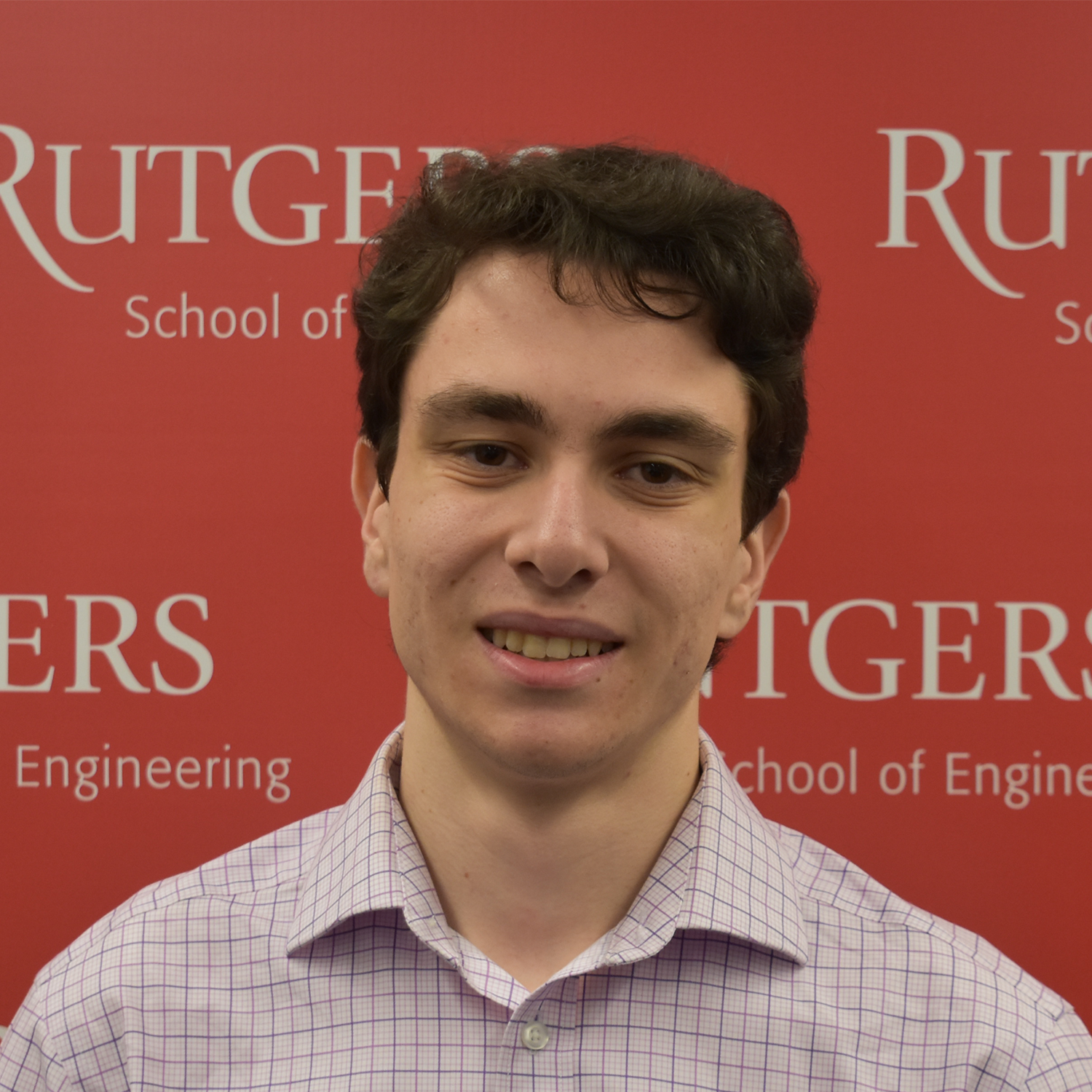
Daniel Adelman
ADVISOR
Dr. Kimberly
Cook-Chennault
THESIS
Final Thesis
Paper
TOPIC
Energy Harvesting
Computer Mouse
POSTER
Symposium
Poster
2020
Scholars
Mechancal
Engineering
MECHANICAL ENG

Daniel Adelman
ADVISOR
Dr. Kimberly
Cook-Chennault
THESIS
Final Thesis
Paper
TOPIC
Energy Harvesting
Computer Mouse
POSTER
Symposium
Poster
MECHANICAL ENG

Matthew Binder
ADVISOR
Dr. Haim
Baruh
THESIS
Final Thesis
Paper
TOPIC
Calculating Aircraft
Altitude with
Meteological Data
POSTER
Symposium
Poster
MECHANICAL ENG

Luc Bontoux
ADVISOR
Dr. Assimina
Pelegri
THESIS
Final Thesis
Paper
TOPIC
Investigation of
Strain Rate of
Advanced Fibrous
Composites
POSTER
Symposium
Poster
MECHANICAL ENG
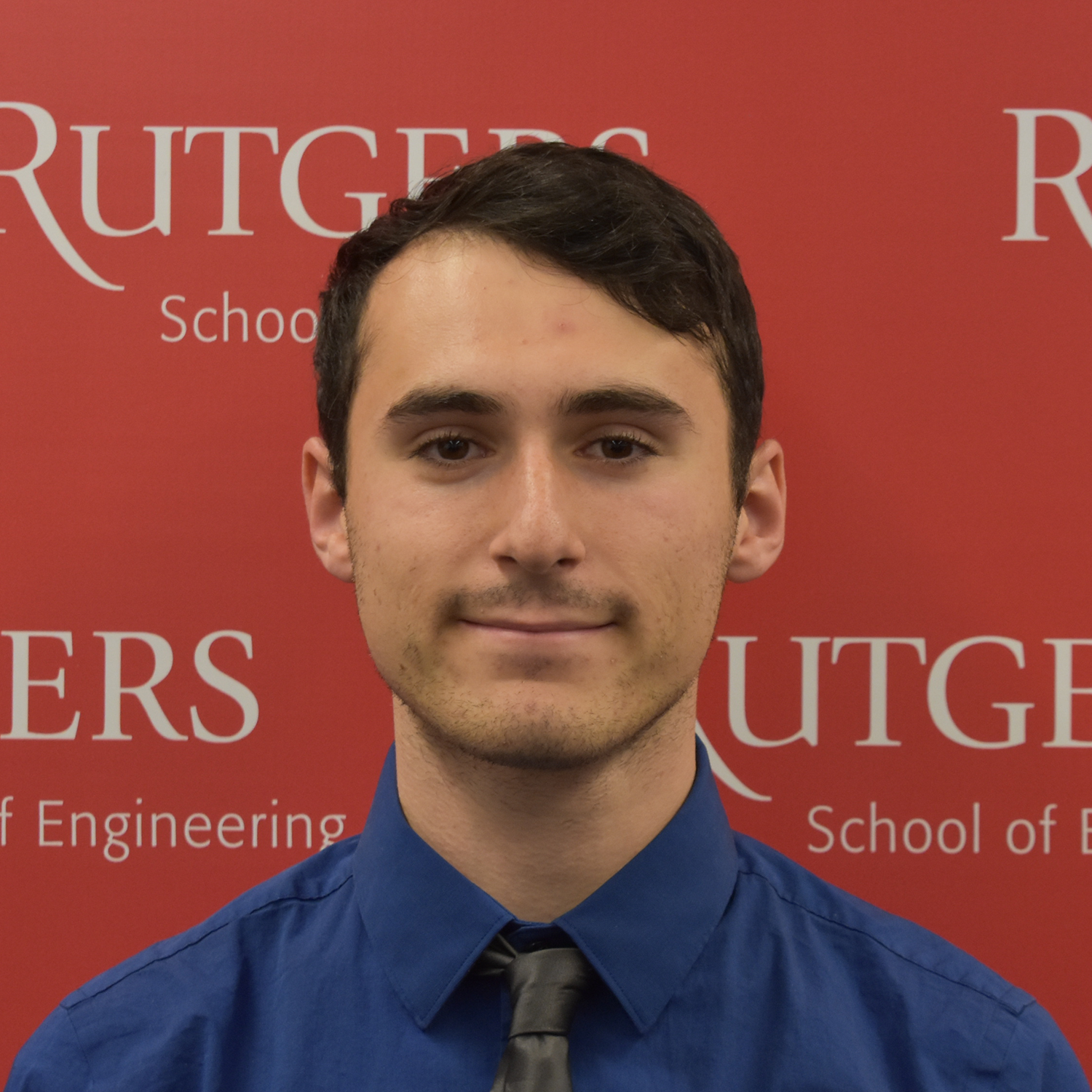
Kyle Buznitsky
ADVISOR
Dr. Jonathan
Singer
THESIS
Final Thesis
Paper
TOPIC
Measuring
Thermophysical
Properties of Glassy
Materials via
Focused Laser Spike
Dewetting
POSTER
Symposium
Poster
MECHANICAL ENG

Jeremy Cleeman
ADVISOR
Dr. Rajiv
Malhotra
THESIS
Final Thesis
Paper
TOPIC
Hybrid Additive
Manufacturing of
Embedded
Electronics
POSTER
Symposium
Poster
MECHANICAL ENG
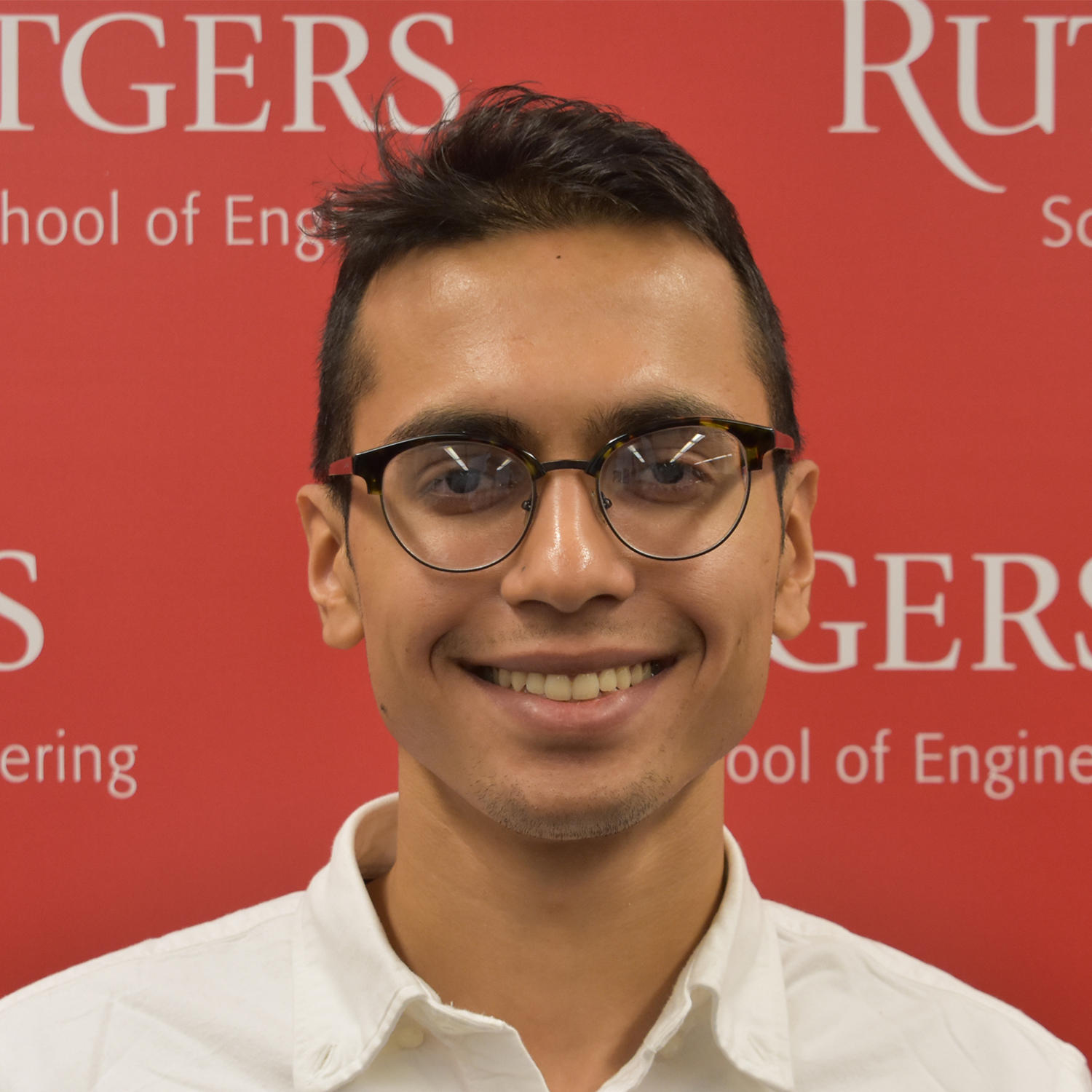
Muhammad Khan
ADVISOR
Dr. Onur
Bilgen
THESIS
Final Thesis
Paper
TOPIC
Image Processing-
based Control of a
Multi-Rotor
Unmanned Aerial
Vehicle for Mid-
Flight Docking
POSTER
Symposium
Poster
MECHANICAL ENG
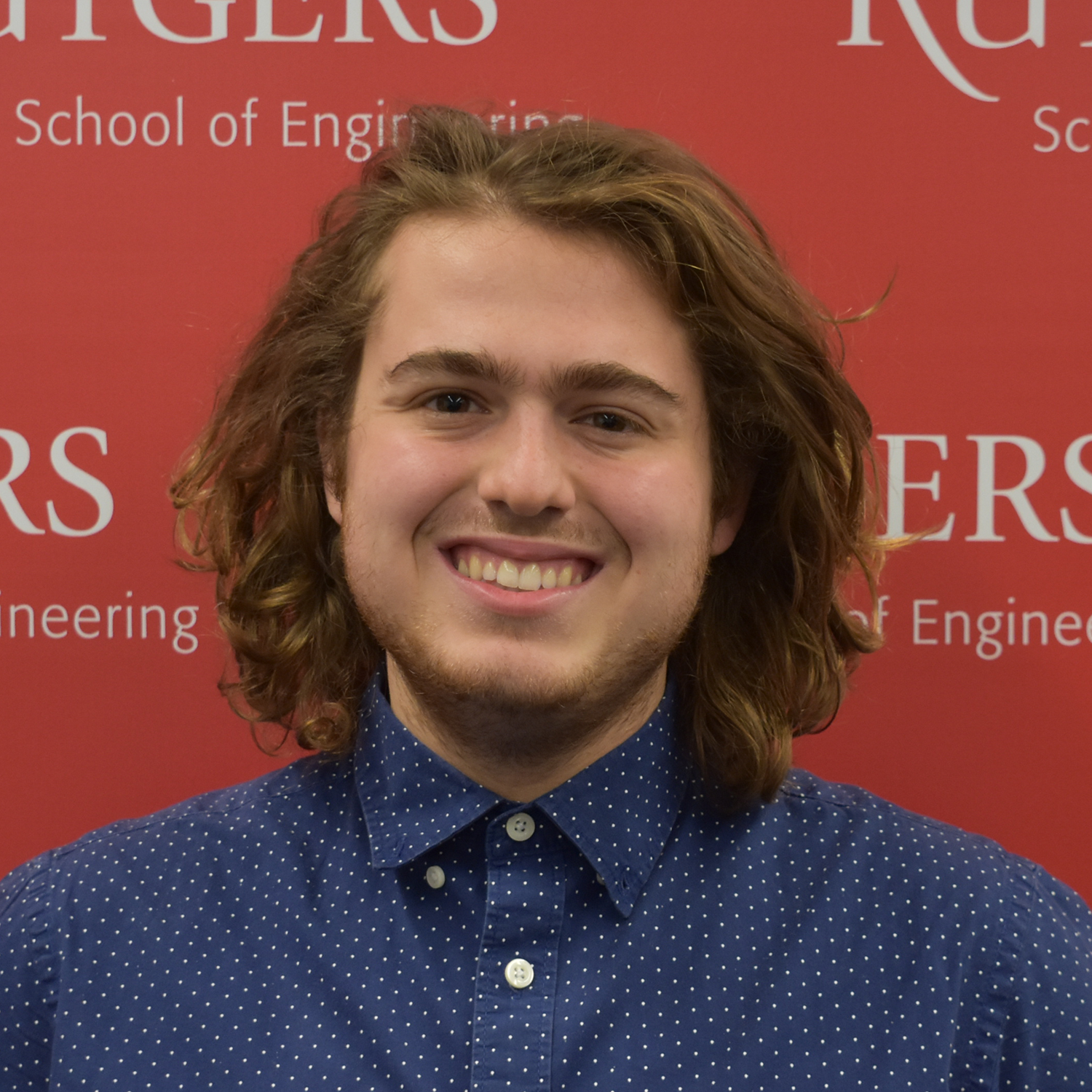
Albert Kraus
ADVISOR
Dr. Kimberly
Cook-Chennault
THESIS
Final Thesis
Paper
TOPIC
Fundamental
Dynamic
Mechanical Analysis
of Hydrogels
POSTER
Symposium
Poster
MECHANICAL ENG
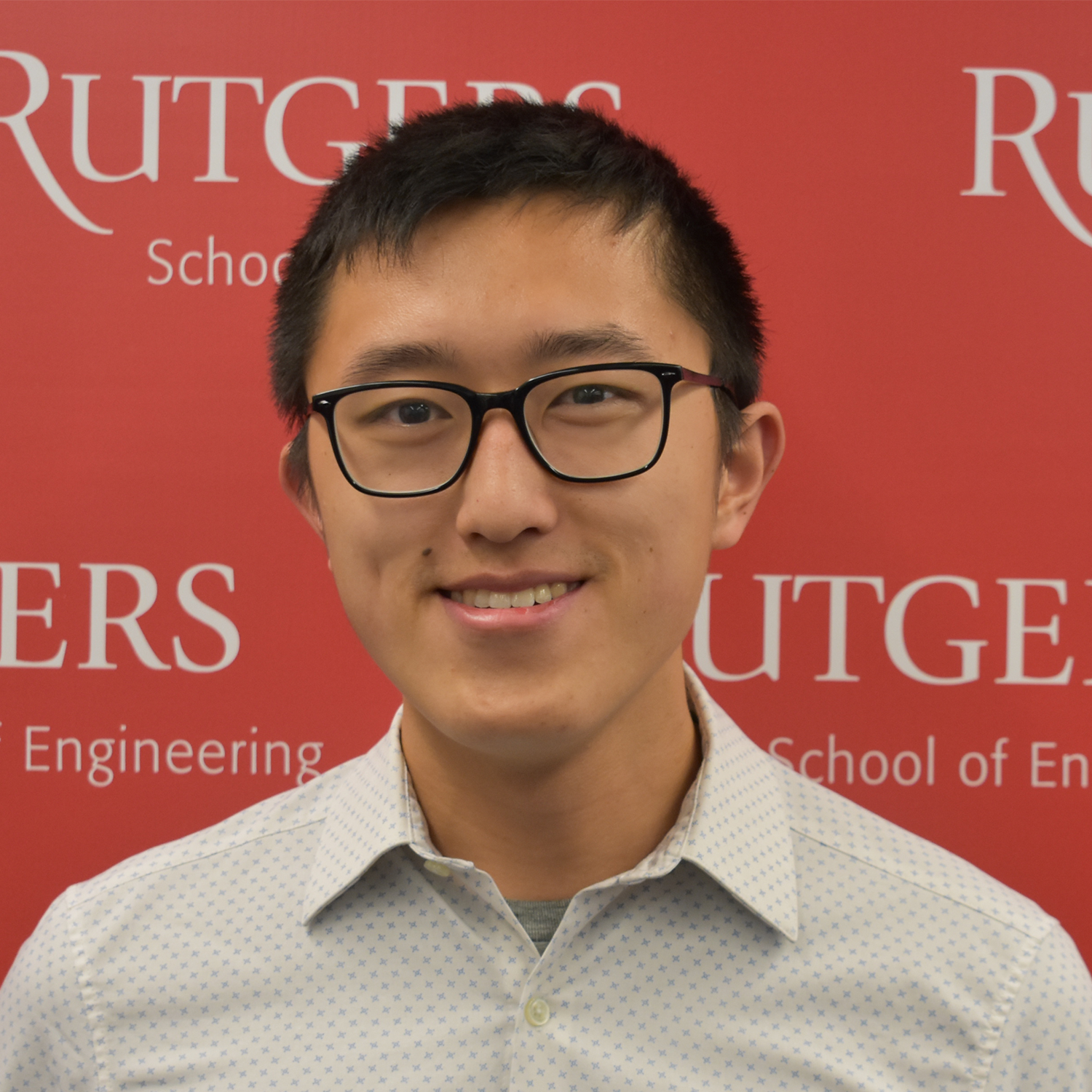
Brian Lai
ADVISOR
Dr. Laurent
Burlion
THESIS
Final Thesis
Paper
TOPIC
Novel Algorithms for
Nonlinear Stability
Analysis with
Applications to
Aircraft Dynamics
POSTER
Symposium
Poster
MECHANICAL ENG

Devin Lorusso
ADVISOR
Dr. Haym
Benaroya
THESIS
Final Thesis
Paper
TOPIC
Lunar Space
Elevator
Development
POSTER
Symposium
Poster
MECHANICAL ENG
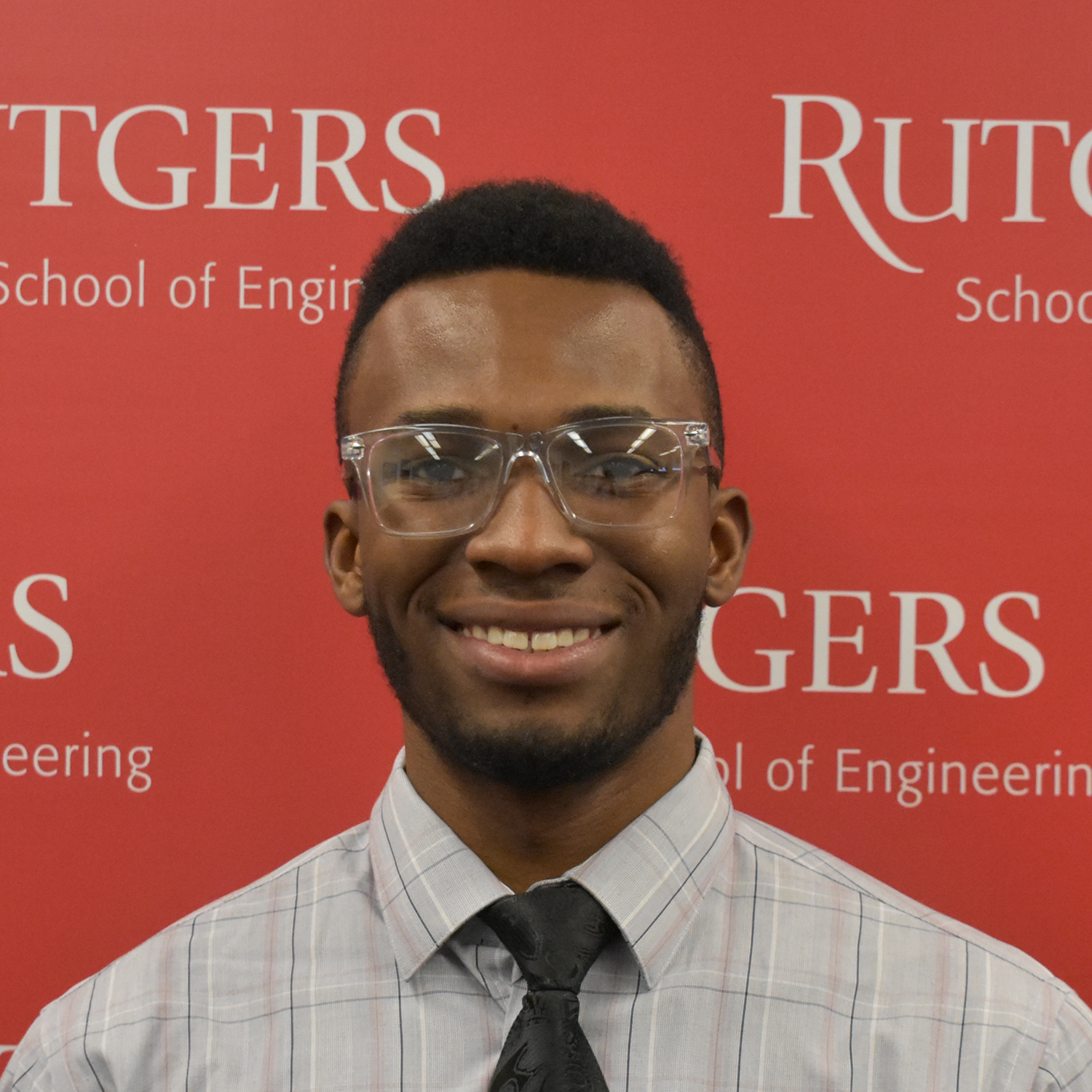
Cyril Nwako
ADVISOR
Dr. Aaron
Mazzeo
THESIS
Final Thesis
Paper
TOPIC
Applications
of Cable
Driven Robots
POSTER
Symposium
Poster
Aerospace
Engineering
AEROSPACE ENG
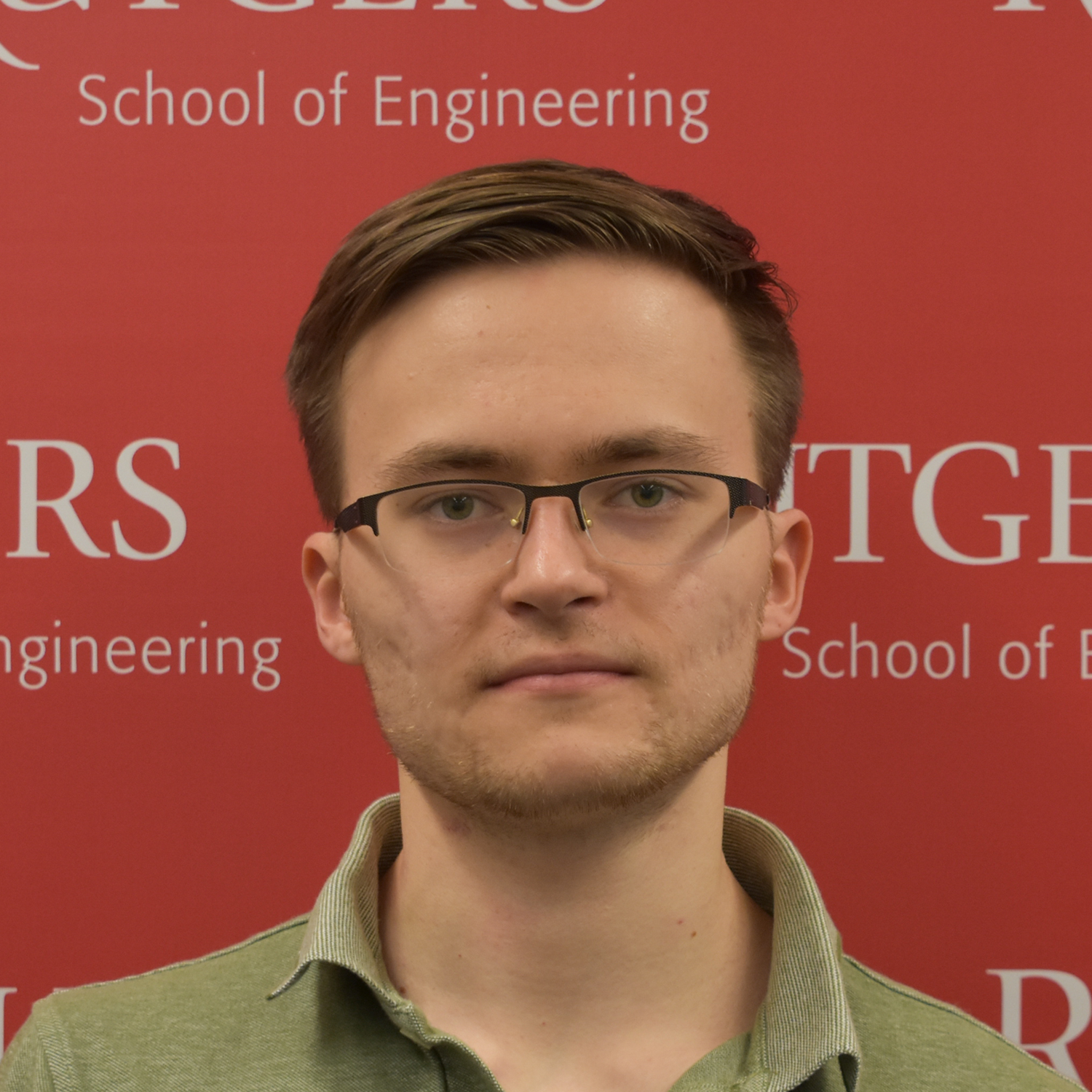
Nikita Persikov
ADVISOR
Dr. Laurent
Burlion
THESIS
Final Thesis
Paper
TOPIC
Adaptive Fault-
Tolerant Control
System Design for
Rotary-Wing UAV
POSTER
Symposium
Poster
AEROSPACE ENG

Jack Thompson
ADVISOR
Dr. Edward
DeMauro
THESIS
Final Thesis
Paper
TOPIC
Velocimetry of the
Flow Associated
with an Oblique-
Shock / Vortex
Interaction
POSTER
Symposium
Poster
Chemical &
Biochemical
Engineering
CHEMICAL & BIOCHEMICAL ENG
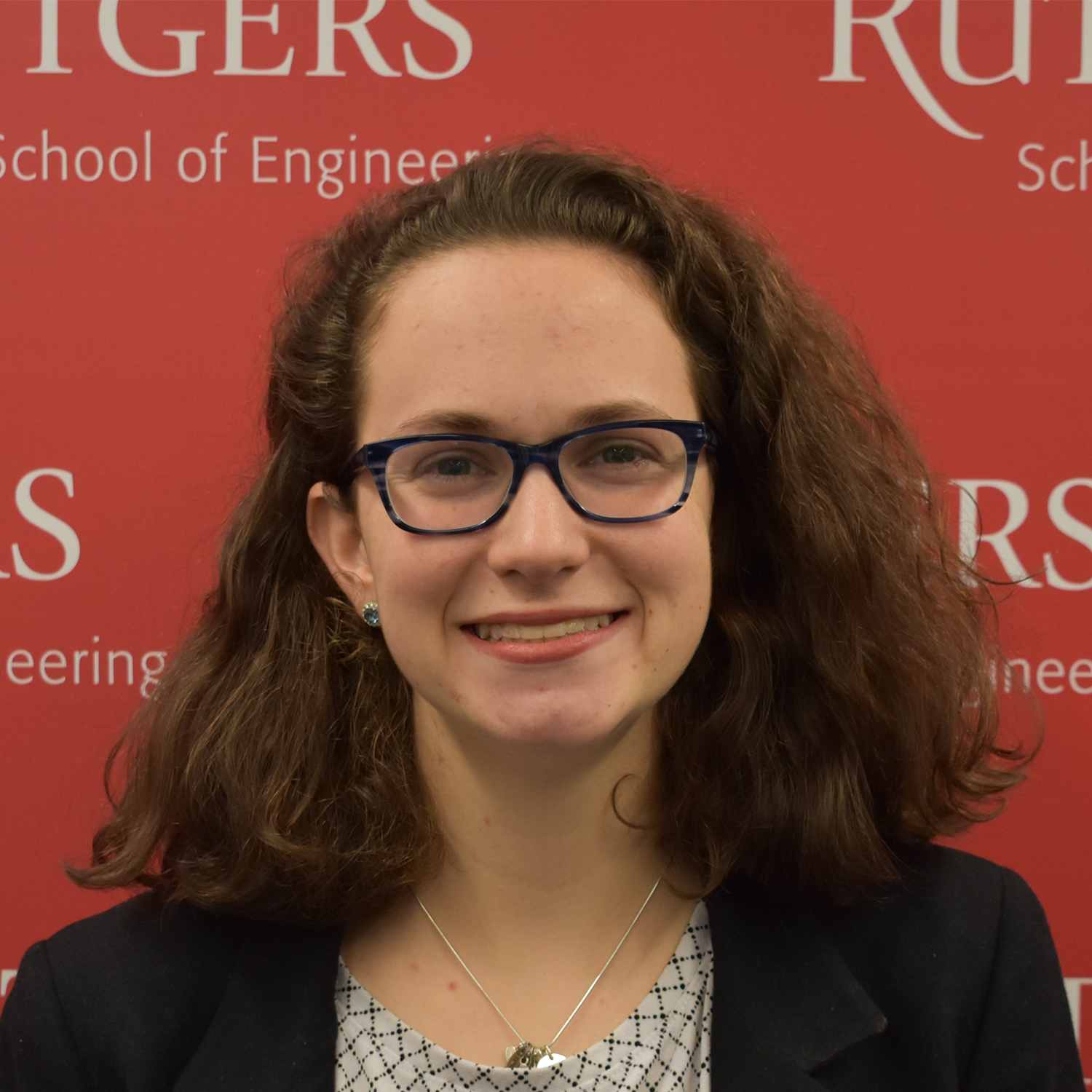
Kelsey Farbanish
ADVISOR
Dr. Adam
Gormley
THESIS
Final Thesis
Paper
TOPIC
Stabilization of HRP
With Single-Enzyme
Nanoparticles
POSTER
Symposium
Poster
Biomedical
Engineering
BIOMEDICAL ENG
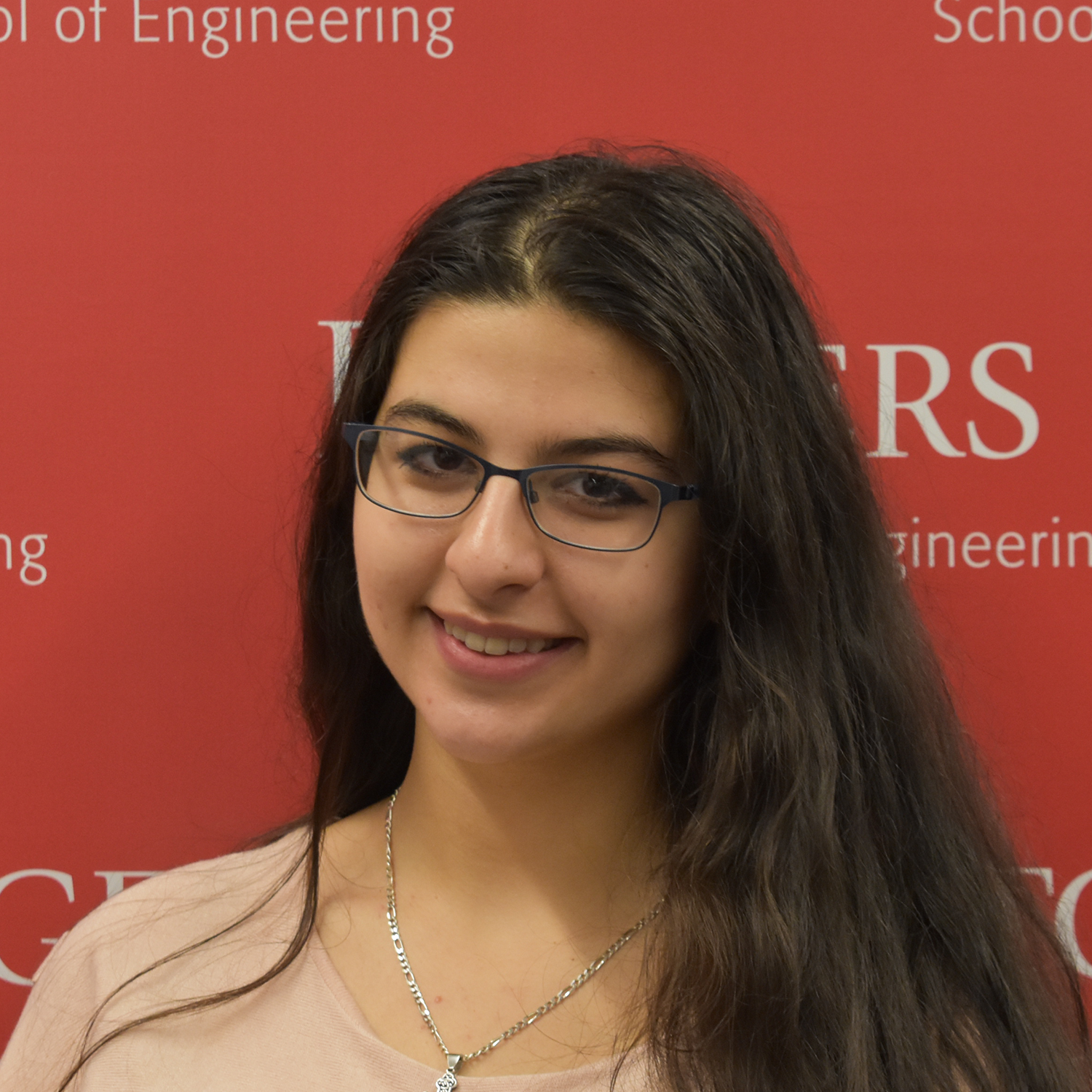
Dalia Fanik
ADVISOR
Dr. David
Shreiber
TOPIC
Characterizing the
Frequency Response
of Cells Before and
After Electroporation
BIOMEDICAL ENG

Dalia Fanik
ABSTRACT
In electroporation (EP), electric pulses are applied to cells to cause temporary cell membrane permeabilization. This allows the delivery of molecules, such as drugs or DNA, into cells. The goal with reversible EP is to apply an electric pulse that will ensure both molecular delivery and cell viability. The applied electric field must be optimized because an electric field that is too weak may not permeabilize the cell membrane enough to enable delivery, whereas a field that is too strong will kill the cell. Our lab is developing a microfluidic system that can detect permeabilization of individual cells. It is important to detect membrane permeabilization because this verifies that the applied electric field formed pores in the cell membrane. Detection of cell membrane permeabilization is done by monitoring the impedance of the cell membrane, where changes in impedance due to permeabilization will differ with frequency. After EP, the impedance drops, indicating cell membrane permeabilization. The goal of this study is to identify the frequency at which to monitor the changes in impedance to detect permeabilization with the greatest sensitivity. Materials and Methods: NIH 3T3 cells are suspended in buffer solution and placed into a syringe that is loaded into a syringe pump (Harvard Apparatus, Massachusetts) that is connected to the microdevice. The microdevice contains the planar electrodes that are used to deliver the permeabilizing field and to detect cell permeabilization. Using the syringe pump to control the flow rate, cells flow through the microdevice until a cell is trapped between the electrodes. A lock-in amplifier (Zurich Instruments, Switzerland) is used to measure the impedance of the cell membrane at frequencies ranging from 0-10 kHz. The cell is then electropermeabilized with a field strength of 0.6 kV/cm or 1.2 kV/cm applied for 1 ms, and the impedance is measured again. The pre-EP and post-EP impedance measurements are then compared to identify the frequency range with the most sensitivity. Results: Preliminary data suggests that the optimal frequency for detection is between 250-1,500 Hz.
BIOMEDICAL ENG
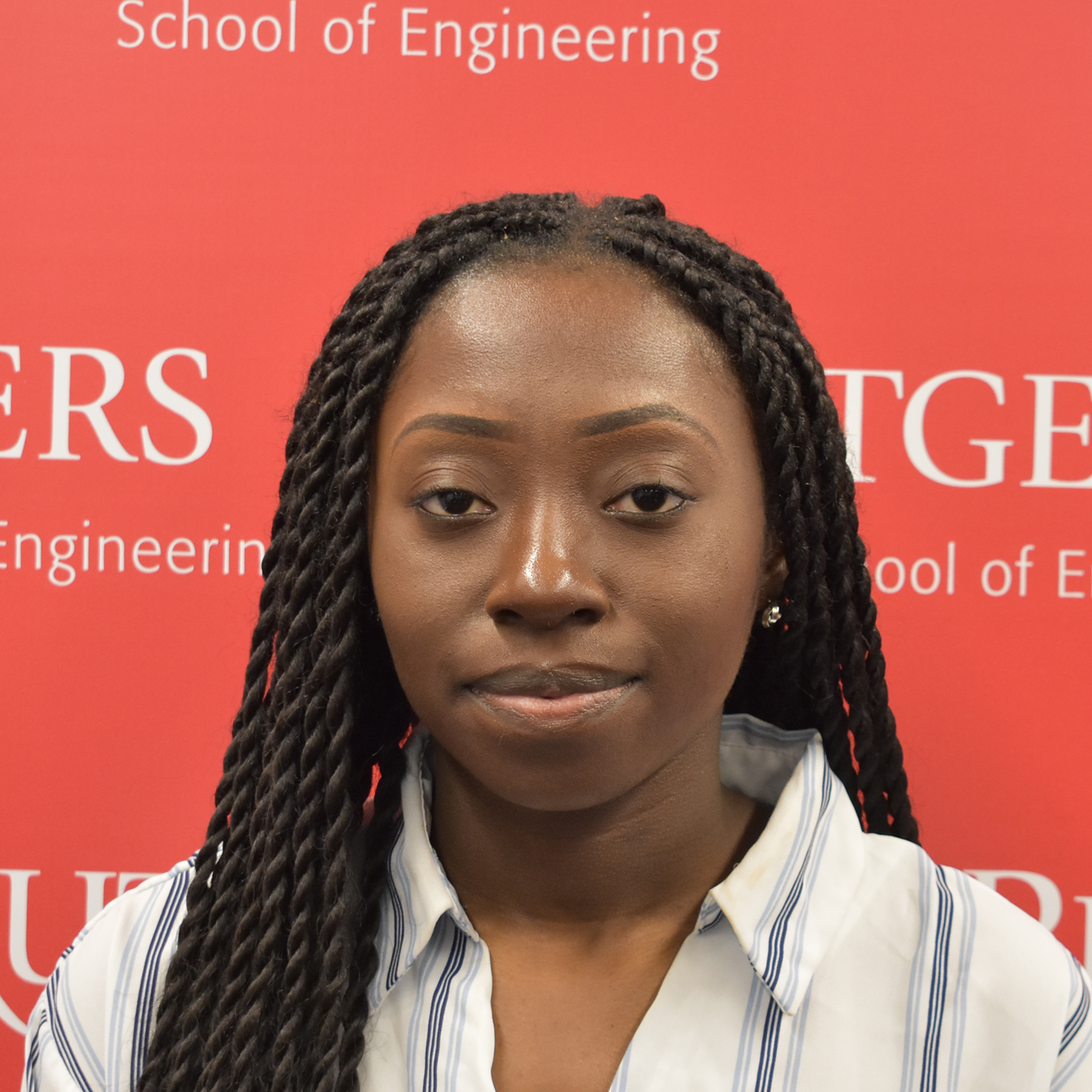
Zalikatu Kamara
ADVISOR
Dr. Joseph
W. Freeman
THESIS
Final Thesis
Paper
TOPIC
Vascularization
of Bone Scaffolds
POSTER
Symposium
Poster
BIOMEDICAL ENG

Mayur Patel
ADVISOR
Dr. Rene
Schloss
THESIS
Final Thesis
Paper
TOPIC
Designing a
Controlled Drug
Delivery for
Treatment of
Osteoarthritis
POSTER
Symposium
Poster
BIOMEDICAL ENG
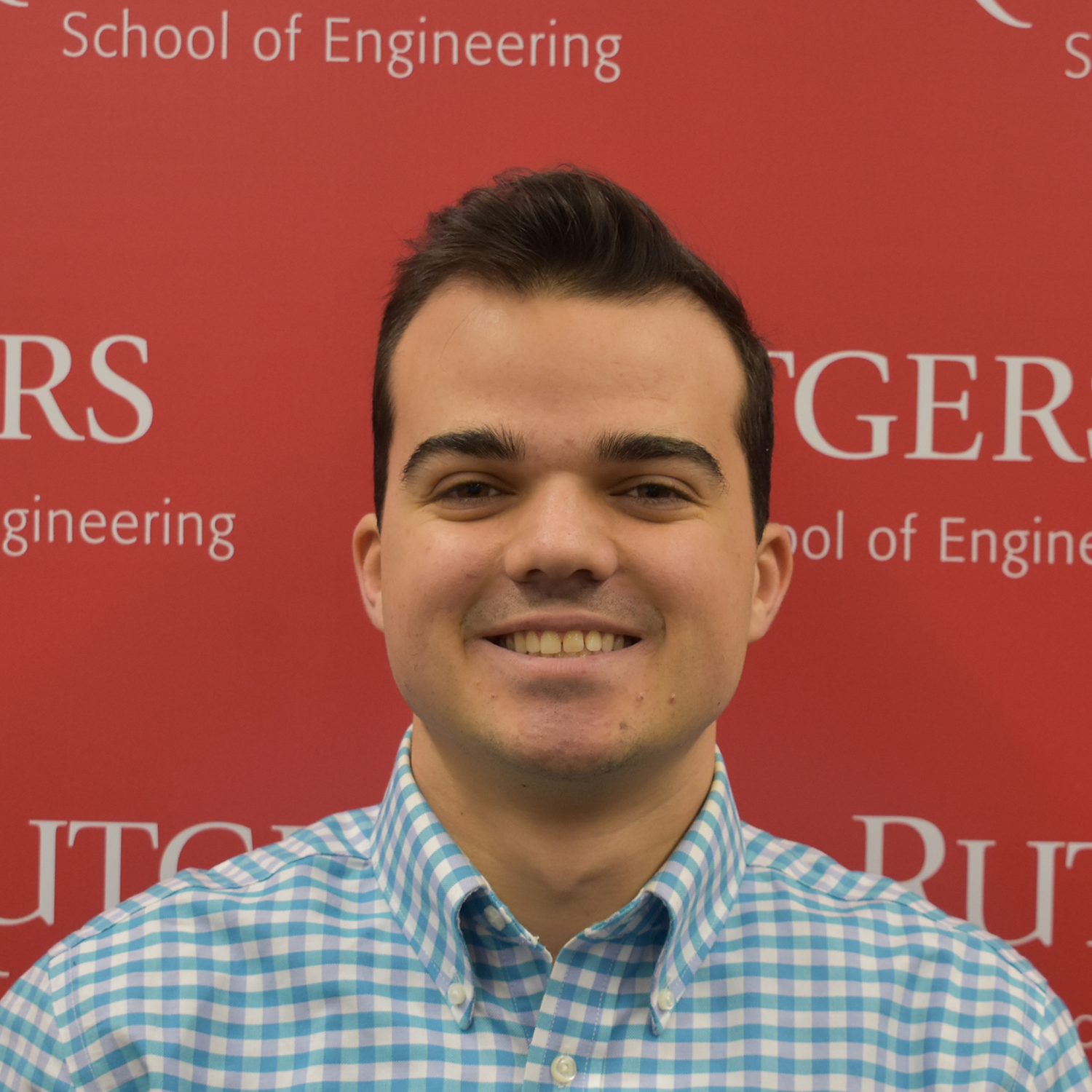
Joseph Santitoro
ADVISOR
Dr. Noshir
Langrana
THESIS
Final Thesis
Paper
TOPIC
Analysis of the
Impact that Different
Footwear has on the
Internal Forces of
the Leg During Gait
POSTER
Symposium
Poster
BIOMEDICAL ENG

William Xu
ADVISOR
Dr. Charles
Roth
TOPIC
Aerosolized Nano
Particles for Lung
Delivery
Electrical &
Computer
Engineering
ELECTRICAL & COMPUTER ENG

Shantanu Laghate
ADVISOR
Dr. Jorge
Ortiz
THESIS
Final Thesis
Paper
TOPIC
SmartBox: A Platform
for In-Situ Sensing
and Active Learning
POSTER
Symposium
Poster
ELECTRICAL & COMPUTER ENG

Soo Min Kwon
ADVISOR
Dr. Anand D.
Sarwate
THESIS
Final Thesis
Paper
TOPIC
Learning
Predictors from
Multidimensional
Data with Tensor
Factorizations
POSTER
Symposium
Poster
ELECTRICAL & COMPUTER ENG
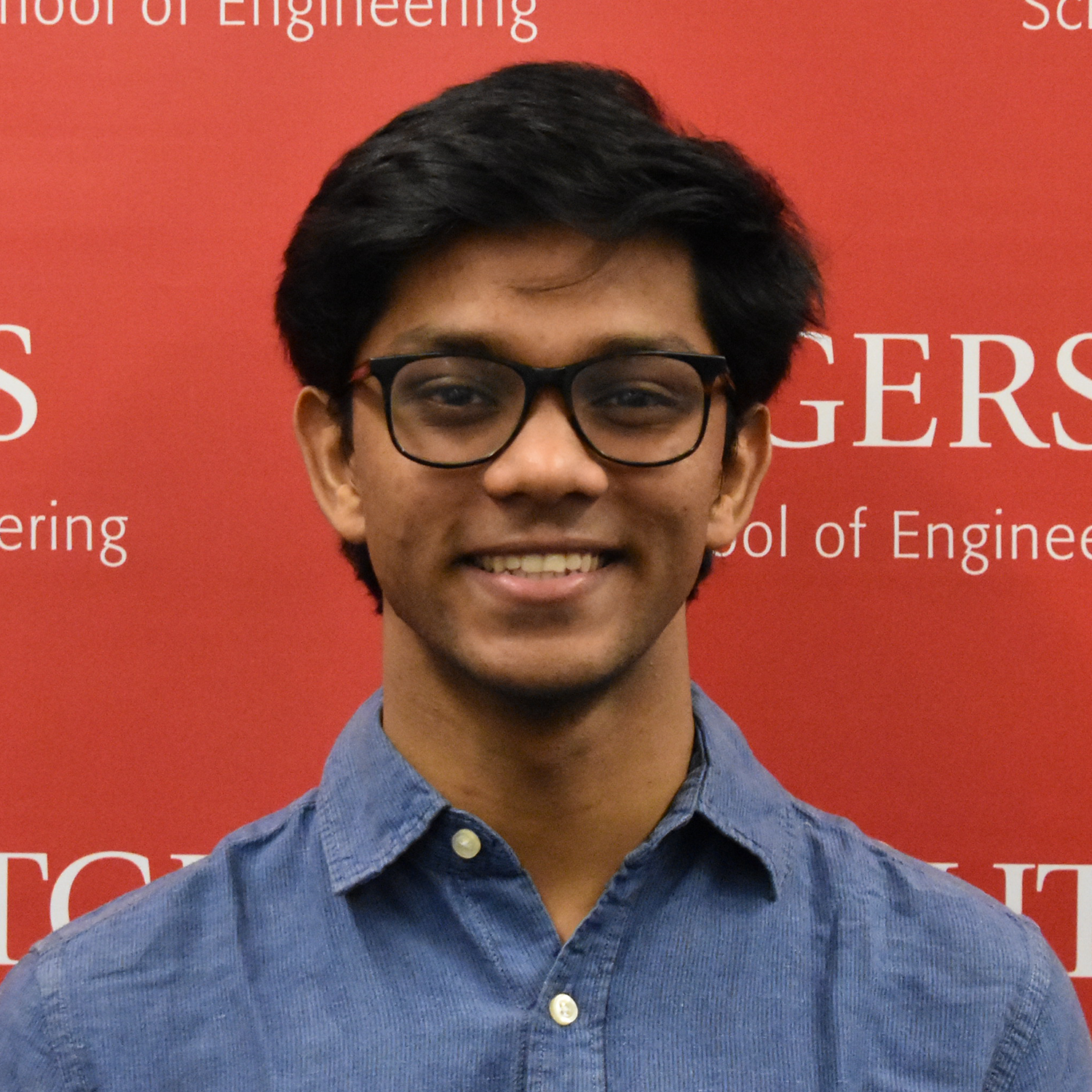
Aditya Verma
ADVISOR
Dr. Emina
Soljanin
THESIS
Final Thesis
Paper
TOPIC
Monogamy of
Entanglement in
Quantum Systems
and it's Implications
POSTER
Symposium
Poster